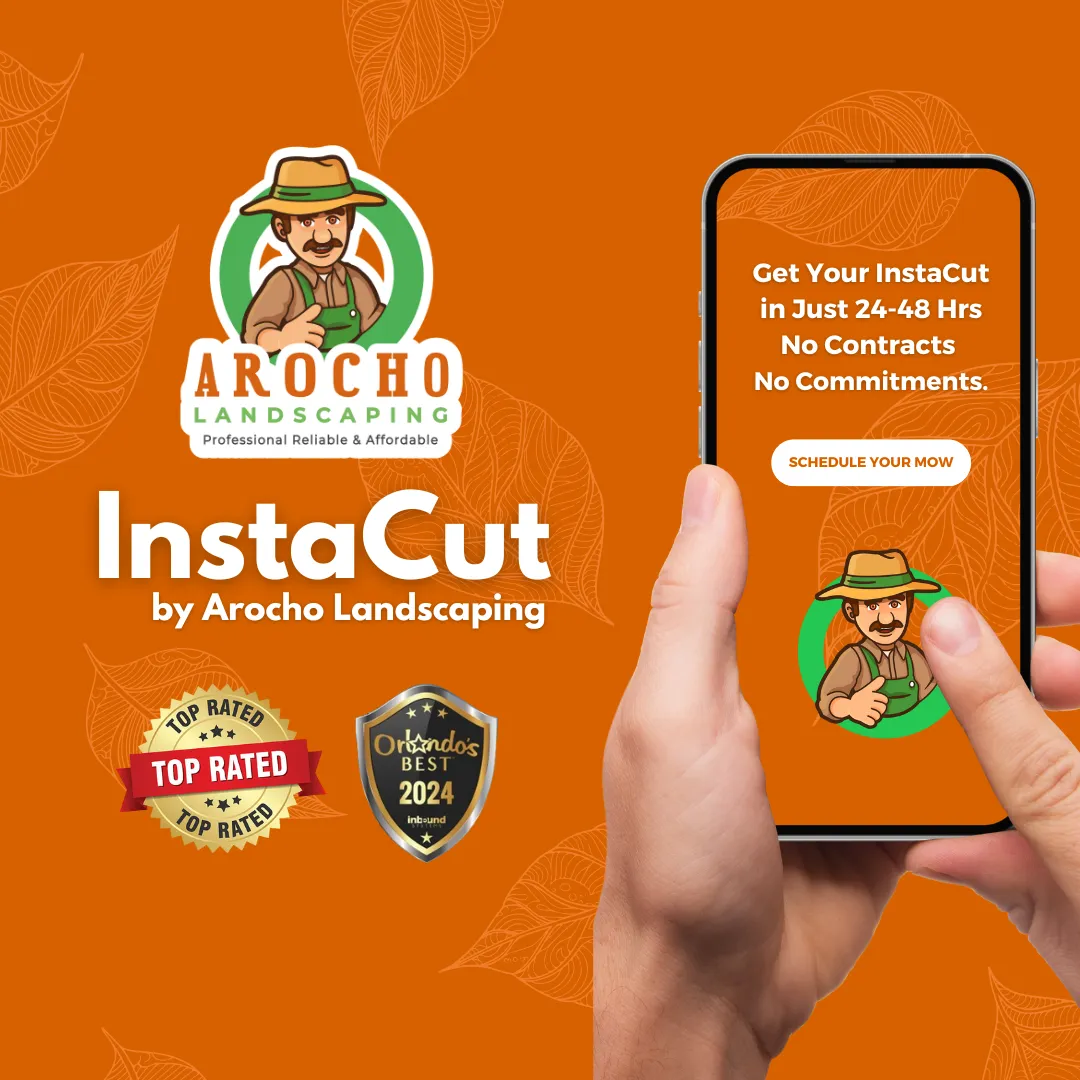
The New Era of Landscaping in the United States: Innovative Techniques Redefining Outdoor Spaces
The New Era of Landscaping in the United States: Innovative Techniques Redefining Outdoor Spaces
In 2025, landscaping in the United States is undergoing a transformative shift. No longer just about aesthetics, modern landscaping emphasizes sustainability, technology integration, and multifunctional outdoor spaces. From climate-resilient plantings to smart irrigation systems, homeowners and professionals are embracing new methods to create landscapes that are not only beautiful but environmentally responsible and future-ready.
1. Climate-Resilient Landscaping (Xeriscaping 2.0)
With more regions experiencing drought and extreme weather, traditional lush lawns are being replaced by drought-tolerant designs. While xeriscaping isn’t new, the 2025 version blends native plants with cutting-edge soil moisture technology.
Native species adapted to regional climates are prioritized to reduce irrigation needs.
Hydrozoning (grouping plants by water requirements) enhances efficiency.
Soil amendments like biochar and compost are used to improve water retention naturally.
📌 Notable trend: Replacing turfgrass with flowering groundcovers like clover and creeping thyme.
2. Smart Landscaping with AI and IoT
Technology has made its way outdoors. Smart landscaping systems are helping homeowners optimize water use, lighting, and even plant health.
AI-driven irrigation systems adjust watering based on real-time weather data.
Soil sensors monitor pH, moisture, and nutrient levels, alerting users via smartphone apps.
Drone mapping is used by landscapers for large properties, allowing precise design and monitoring.
📱 Companies like Rachio and RainMachine are leading the market in intelligent irrigation solutions.
3. Regenerative Landscaping
Going beyond sustainability, regenerative landscaping aims to restore ecosystems and promote biodiversity.
Emphasis on pollinator gardens using plants like milkweed, bee balm, and echinacea.
Use of no-dig gardening and permaculture principles to reduce soil disturbance.
Landscapes designed to harvest rainwater and prevent runoff.
🌎 This approach supports carbon sequestration and rebuilds healthy soil systems.
4. Edible and Functional Landscapes
Landscapes are now multifunctional, blending beauty with practicality.
Edible gardens are being integrated into front yards and ornamental beds.
Vertical gardens and living walls make the most of small spaces, especially in urban areas.
Permaculture design is becoming more common for homesteads and suburban homes alike.
🍅 Raised beds, fruit trees, and herb spirals are replacing traditional hedges and flower borders.
5. Low-Maintenance, High-Design Landscapes
Time-starved homeowners are looking for elegance without the upkeep.
Artificial turf with improved realism is popular in arid regions.
Hardscaping—like stone patios, permeable pavers, and gravel pathways—reduces maintenance and increases usability.
Monochromatic and minimalist planting palettes give a modern, cohesive aesthetic.
🪴 Ornamental grasses and evergreen shrubs are widely used for their year-round appeal and low effort.
6. Firewise Landscaping
In fire-prone states like California, Colorado, and Arizona, fire-resistant landscaping is a must.
Creating defensible zones around structures.
Using fire-resistant plants like lavender, succulents, and yarrow.
Reducing fuel loads with regular pruning and gravel mulching.
🔥 Insurance incentives are also driving homeowners to adopt firewise practices.
7. Outdoor Living Integration
As homes extend into the outdoors, landscaping now includes:
Outdoor kitchens and fire pits
Built-in seating with native stone
Weatherproof lighting and audio systems
The design often blends indoor-outdoor flow with sustainable materials like recycled pavers or FSC-certified wood.
Conclusion
The landscaping industry in the U.S. is rapidly evolving to meet environmental challenges, technological advances, and changing homeowner values. Whether you’re a professional landscaper or a homeowner dreaming of a backyard upgrade, embracing these new techniques means more than just curb appeal—it’s about creating resilient, smart, and sustainable spaces that enrich our lives and protect the planet.
Would you like this article formatted for web, SEO-optimized, or tailored to a specific region or business type (e.g., landscaping services in Florida or California)?